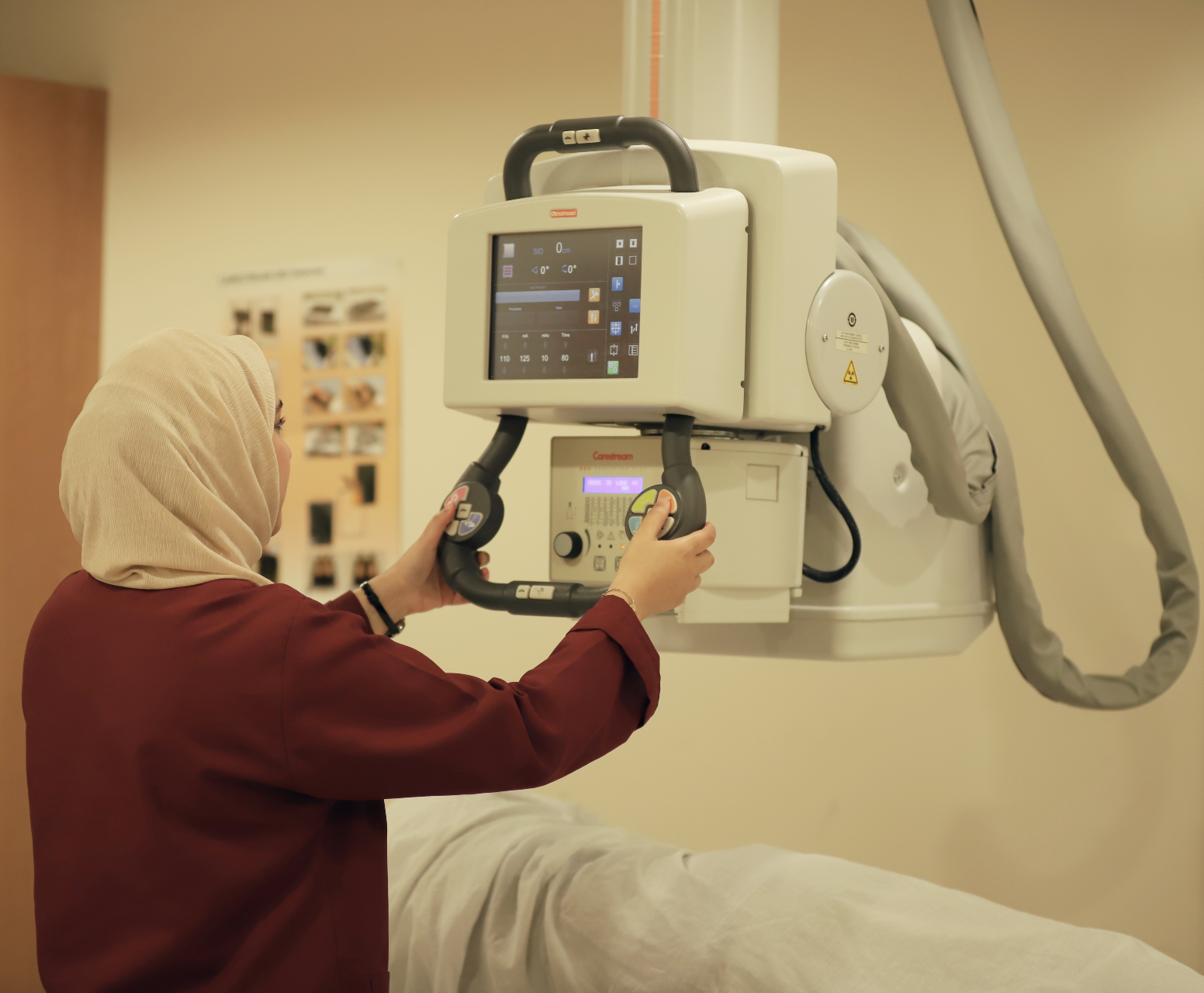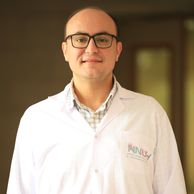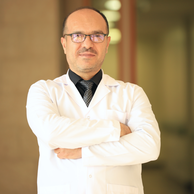
Available Services:
-
Computed tomography (CT) scan of the heart's arteries (coronary angiography)
-
Computed tomography (CT) scan of the body's arteries in general
-
Magnetic resonance imaging (MRI) of the intestines
-
Magnetic resonance imaging (MRI) of the bile ducts
-
Elastography using television imaging to measure the stiffness of the liver and other organs
-
Samples obtained through television and tomographic imaging, such as breast, liver, and pancreas
-
Mobile imaging for critical cases of patients
-
Interventional radiology, including diagnostic and therapeutic procedures
-
Therapeutic devices
MRI:
The MRI machine operates on a digital conversion system and uses an unspecified number of channels to collect signals, making the image clearer and of higher quality. The machine is known for its comfortable wide opening, which helps alleviate tension for some patients. Through this machine, numerous specialized and advanced examinations can be performed, including:
-
MRI of the intestines
-
MRI of the bile ducts
-
Imaging of arteries with or without contrast material
-
Chest and abdominal imaging
-
Brain and spinal cord imaging
-
Joint and muscle imaging
Computed Tomography (CT) Scanner:
This device can perform any X-ray examination with or without contrast material, including rapid and highly accurate imaging of both heart and body arteries, producing three-dimensional images of any organ intended for imaging.
This machine can image all parts of the body, including arteries and veins, using a (Doppler) system with high clarity. It is also used for elastography to measure the stiffness of the liver and other organs. Additionally, samples can be taken through imaging, such as breast and liver.
X-ray and Digital Radiography Machine:
Through this machine, imaging of all body parts, regardless of their lengths, can be performed. It can capture the entire spinal cord in one image and the complete limb in a single image, a feature not currently available elsewhere. Moreover, it contains features to reduce the radiation dose received by the patient, making it a significant advancement in terms of imaging time.
-
Color Visual Imaging Machine:
This modern digital device provides dynamic visual images of what is happening inside the human body, unlike static imaging done with conventional radiography. It is used for various examinations and can perform interventional procedures such as stent placement in the bile ducts, in addition to routine radiography exams.




